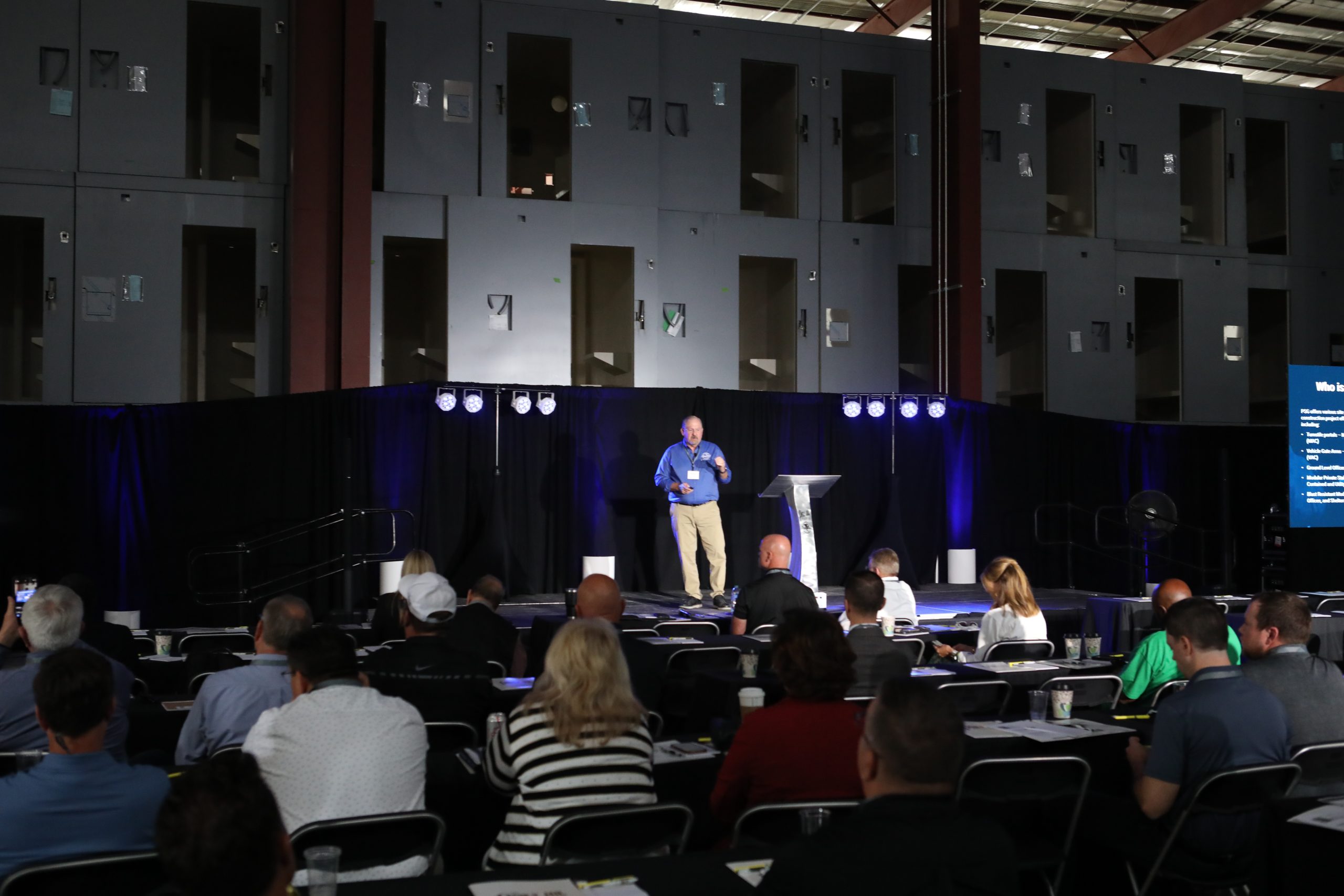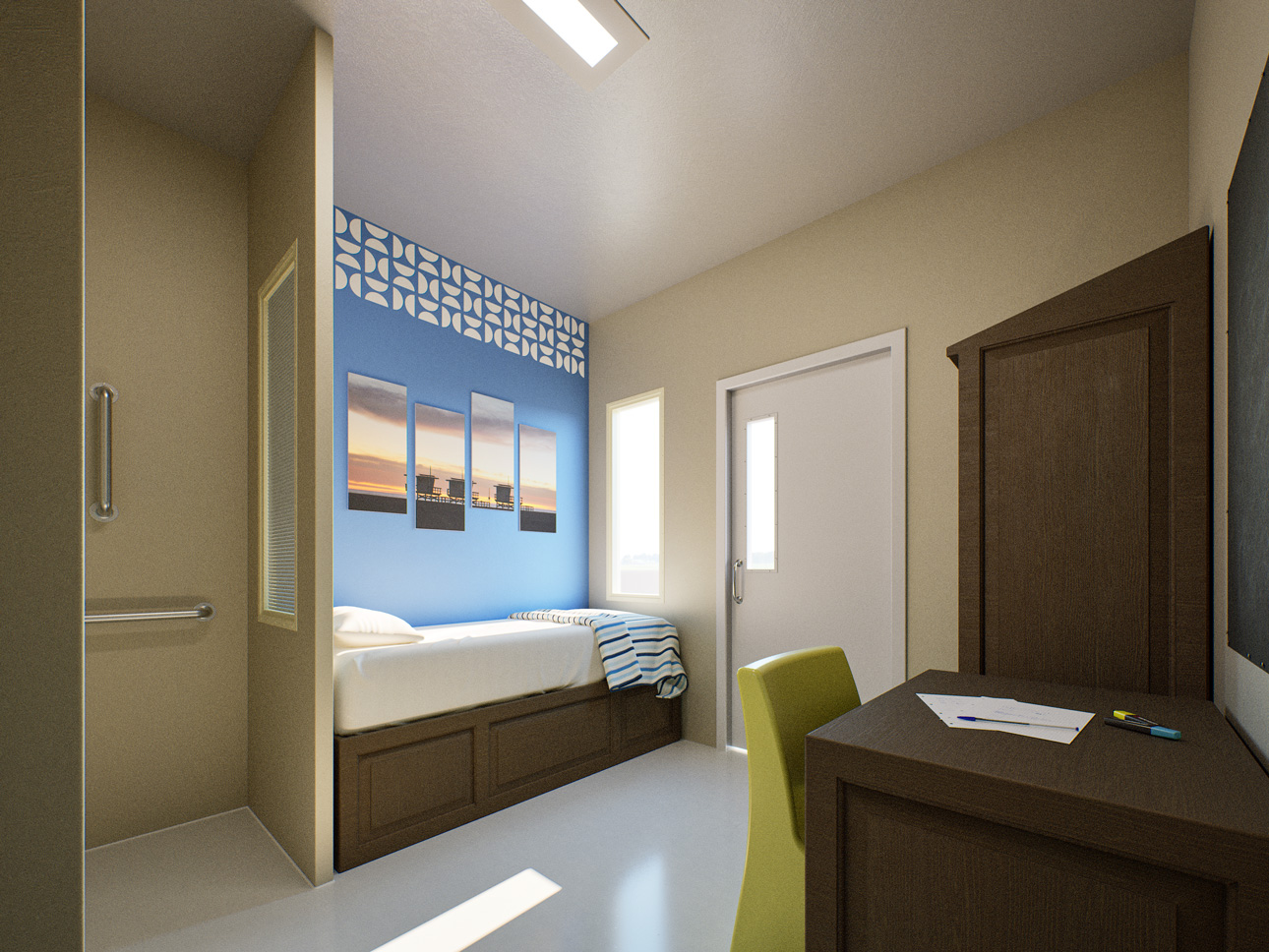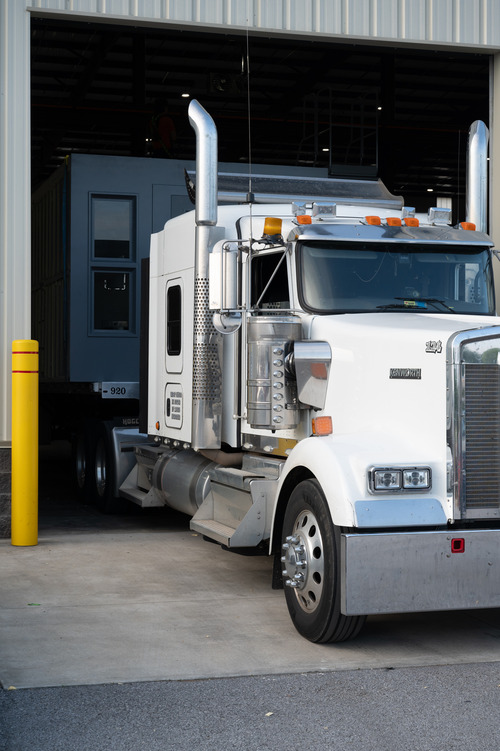Benefits of Modular Construction: Streamlining the Building Process
Modular construction is an innovative building process where sections of a structure are prefabricated in a controlled factory environment and then transported to the construction site for assembly. This method offers numerous sustainability and process benefits, including `reduced waste, improved efficiency, and shorter construction times. As the industry seeks more environmentally friendly practices, the appeal of modular construction grows.
The approach is not only sustainable but also cost-effective and flexible, providing solutions that can be tailored to fit a wide range of architectural designs and purposes. Modular construction demonstrates its versatility and capacity to meet the complex demands of modern architecture. Through the integration of the latest innovations in construction technology, modular buildings can achieve the same, if not better, standards of safety, comfort, and aesthetic appeal compared to traditional construction methods.
Embracing modular techniques provides significant economic benefits alongside its sustainability advantages. It accelerates project timelines and reduces labor costs by allowing construction activities to occur simultaneously in the factory and on site. Moreover, it offers the construction industry a route to combat the skilled labor shortage by shifting the focus towards manufacturing-based construction practices, which can be more attractive to a new generation of workers.
Improved Efficiency
Modular construction is heralded for its ability to streamline building processes, ensure higher quality standards, and markedly reduce the time it takes to go from blueprint to a finished structure.
Streamlined Manufacturing Process
In modular construction, components, or modules, are produced in a controlled factory setting, leading to more streamlined manufacturing processes. This allows for batch production and assembly line techniques, often resulting in increased productivity and lower costs.
Enhanced Quality Control
With the advantage of a climate-controlled environment, the quality control in modular construction is substantially improved compared to traditional construction sites. This setting minimizes material exposure to the elements and allows for precise workmanship, ensuring consistent quality across modules.
Reduced Construction Time
Modular construction significantly reduces construction time. Since site preparation and module fabrication occur simultaneously, timelines are shortened. Moreover, bad weather delays are minimized, and faster installation often leads to quicker returns on investment.
Cost Savings
Modular construction offers tangible benefits in terms of financial efficiency. Notably, it allows for more predictable budgeting, reduced material waste, and cost-effectiveness in bulk material procurement.
Bulk Material Purchases
Contractors can purchase materials in larger quantities for modular construction, capitalizing on economies of scale. Since multiple modules can be fabricated simultaneously, orders for materials such as lumber and steel can be bulked, leading to significant cost reductions per unit.
Less On-Site Waste
Modular construction generates less waste compared to traditional construction methods. A controlled factory environment allows for precision cutting of materials, diminishing the margin for error and excess. The minimized waste not only contributes to environmental sustainability but can also translate into a 7-8% savings in overall project costs.
Predictable Budgeting
The standardized processes of modular construction support more accurate budget forecasts. Because much of the construction takes place within a factory setting, the impact of unforeseen weather conditions and scheduling conflicts is reduced, leading to predictable budget adherence, with cost savings in the order of 10 percent in some cases. Furthermore, the faster construction timeline can reduce interim financing costs, ultimately reflecting in the total cost.
Sustainability
Modular construction presents several sustainability advantages that contribute positively to the environment. These benefits range from using environmentally friendly materials to enhancing energy efficiency and minimizing on-site environmental disturbance.
Environmentally Friendly Materials
Modular construction often utilizes materials that are more sustainable than traditional construction. For instance, the industry uses engineered wood products, which are recognized for their high strength-to-weight ratio and are sourced from sustainably managed forests. This ensures a smaller environmental footprint.
Energy Efficiency
Modules for construction are fabricated in a controlled factory setting where precision and quality control are highly emphasized. This leads to better-fitted building components, resulting in tighter building envelopes that improve energy efficiency. Moreover, the potential for incorporating state-of-the-art insulation materials and methods is greater in a controlled environment, further enhancing the energy savings.
Reduced Site Disturbance
The off-site production of modular units substantially reduces the impact on the construction site. This means less noise, less waste, and a reduced number of heavy equipment needed on-site. Consequently, the local flora and fauna experience minimal disruption, and the immediate environment benefits from a reduction in potential pollutants.
Flexibility and Adaptability
Modular construction offers distinct advantages when it comes to the ability to adjust to changing requirements. This approach specifically allows for reconfigurable designs and expansion capabilities, making spaces more dynamic and future-proof.
Reconfigurable Designs
Modular units can be rearranged or repurposed, which caters to the evolving needs of occupants. For example, a modular construction system may enable a building to transform from an office space to a residential area with minimal structural changes. The inherent design of modular systems incorporates pre-defined interfaces, which allow for components to be swapped or upgraded easily.
- Key Characteristics:
- Standardization: Uniform specifications across modules.
- Interface Design: Connection points that facilitate easy changes.
Expansion Capabilities
Modular buildings are known for their scalability, providing the option to add or remove modules with ease. This makes them ideal for phased development projects, where building size can incrementally grow in concert with demand. A study on multi-storey modular buildings highlights that such adaptability can lead to both time and cost savings, as additional floors or sections can be integrated with relatively little disruption to existing operations.
- Scalability Factors:
- Vertical Expansion: Ability to add more floors.
- Horizontal Expansion: Possibility to extend the building footprint.
Quality Assurance
Modular construction leverages advanced manufacturing techniques to provide superior quality assurance over traditional on-site building methods.
Factory-Level Inspection
In a modular construction facility, each module undergoes a series of detailed factory-level inspections. These inspections ensure that the units meet predefined standards and building codes before they leave the factory. For instance, the quality control measures taken during the production process are stringent and standardized, greatly reducing the risk of defects.
Consistent Workmanship
The controlled environment of a factory allows for consistent workmanship due to the stable conditions and the ability to use repetitive processes. Workers are specialized in specific tasks, which enhances the overall craftsmanship of the modules. Benefits of such a controlled setting include easier and better quality control compared to the variability found in traditional on-site construction environments.
Safety Improvements
In modular construction, the prioritization of safety stems from two main factors: the Controlled Environment of production facilities and the Reduced On-Site Risks due to less time spent building on-site.
Controlled Environment
Modular construction takes place in a controlled factory setting, which means that strict safety protocols and measures are easier to maintain and enforce than on traditional construction sites. Factors such as weather conditions, which can lead to hazardous situations, are effectively eliminated. The production environment often leads to an increase in safety due to the reduction in potential on-the-job injuries. According to a study on modular construction and traditional construction, this controlled setting results in improved safety records when compared to traditional job sites.
Reduced On-Site Risks
The prefabrication of modules in a factory significantly reduces the amount of time workers need to be on-site. This minimizes their exposure to common on-site risks such as falls from height or operating heavy machinery over extended periods. Furthermore, with a substantial part of the construction taking place off-site, there are fewer potential dangers related to construction traffic and machinery at the building site. The fewer hazards present lead to a safer construction environment, as noted in papers discussing modular integrated construction and its effect on improving workers’ health and safety.
Regulatory Compliance
Adhering to building regulations is essential in modular construction, offering a framework for quality and safety that benefits both the manufacturer and the end-user. The development and utilization of preapproved modules alongside a streamlined inspection process represent significant steps in achieving compliance efficiently.
Preapproved Modules
Preapproved modules in modular construction significantly expedite the building process. They are designed to meet predefined standards, ensuring consistent quality and reducing the time required for on-site building code checks. In regions where modular construction techniques are common, regulatory bodies may maintain a database of these preapproved designs, allowing for more predictable construction outcomes and faster regulatory sign-off.
Streamlined Inspection Process
A streamlined inspection process is another benefit of modular construction within the realm of regulatory compliance. Because modules are constructed in a controlled factory environment, building inspectors can often evaluate multiple units simultaneously, as opposed to traditional construction where each phase would be inspected sequentially. This can lead to a reduction in inspection times and resources, allowing for a more efficient path to compliance.
Reduced Site Impact
Modular construction significantly reduces the environmental and physical impact on the construction site. By shifting a considerable portion of work off-site, it minimizes on-site traffic, waste, and landscape disruption.
Limited Weather Delays
Modular components are predominantly constructed in a controlled factory setting, which afford robust protection against unpredictable weather conditions. This aspect of modular construction ensures that weather delays are greatly diminished, allowing for a more predictable and consistent schedule.
Decreased Traffic and Disruption
With the majority of assembly occurring off-site, the typical congestion caused by construction equipment and personnel is substantially reduced at the physical site. Additionally, the reduction in on-site construction time directly translates into less disruption for the surrounding community and environment.
Faster Return on Investment
Investors favor modular construction due to its ability to deliver a quicker return on investment compared to traditional building methods. This accelerated ROI is primarily driven by two key factors: early completion of construction projects and rapid entry into the market.
Early Completion
Modular construction significantly reduces build times by allowing site work and building construction to occur simultaneously. Project timelines are often cut by as much as 45%, resulting in buildings becoming operational sooner and generating revenue quickly.
Rapid Market Entry
With the leaner manufacturing process of modular units, projects achieve completion at a much faster rate. They are able to reach the market swiftly, allowing for a quicker turnaround on investment. This speed to market is invaluable in sectors where demand can fluctuate rapidly.
Innovation and Design
Modular construction introduces significant advancements in building technology through the adoption of modern techniques and customization options. These innovations streamline the design process, enabling both creativity and efficiency.
Modern Techniques
Modular construction utilizes state-of-the-art manufacturing processes that benefit from economy of scale. Units are fabricated in a controlled factory setting, which allows for precise construction free from weather-related delays or on-site difficulties. The methodology emphasizes a reduction in waste and enhances quality control. A study details the speed of installation as a primary advantage, resulting from these modern production techniques.
Customization Options
Modular buildings are not one-size-fits-all. Design innovation in modular construction supports mass customization, enabling the production of modules that cater to diverse architectural styles and client needs. The process accommodates varying design preferences, ranging from traditional to contemporary aesthetics. Flexibility in design is emphasized by research that showcases how modular construction can integrate unique features and complex designs, reshaping the approach to tailor-made spaces.


